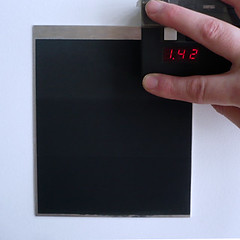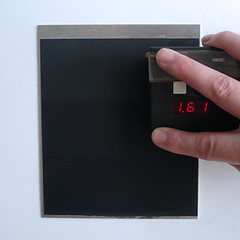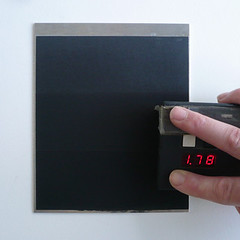That's a pretty solid increase, Dave. What's in your sensitizer?
I'd suggest doing a control test in which you double coat before exposure and expose once for the total time of your separate-double-coat-and-expose printing. That way you'll get a feel for how much is gained from the double work and registration hassle
Keep up the good work!
Ben
I'd suggest doing a control test in which you double coat before exposure and expose once for the total time of your separate-double-coat-and-expose printing. That way you'll get a feel for how much is gained from the double work and registration hassle
Keep up the good work!
Ben


 profile the whole process to one negative?
profile the whole process to one negative?










